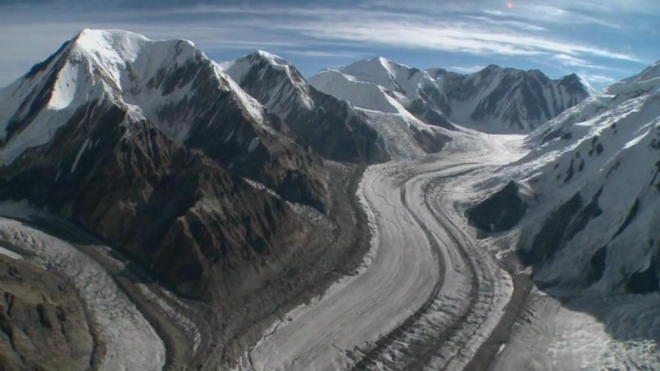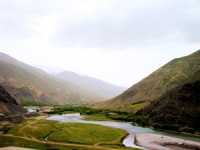Water sharing between Central Asian countries has been conflicting for quite a long time already.
From the Glaciers to the Aral Sea - Water Unites

Central Asia is a fascinating part of the world. With the exhibition «From the Glaciers to the Aral Sea – Water Unites» we, the Executive Committee of the International Fund for Saving the Aral Sea, and the international donor community want to foster a bet- ter understanding of the situation in the countries that were previously part of the Silk Road. We would like to show how people live in Kazakhstan, Kyrgyzstan, Tajikistan, Turkmenistan and Uzbekistan. We also want to show how water serves all living beings in the Central Asian Region.
The book has two parts. An analytical part, which contains background information on water and transboundary water resources management and a second part with photos. The photos and the texts of the book aim to bring the region closer to you and serve to bring the people of Central Asia together. We strongly believe that cooperation is the key to peace, as well as economic and social development. Our journey begins in the Tian Shan and Pamir mountains. We'll travel along the Syr Darya river, the Zeravshan, the Amu Darya, the Karakum Canal and ultimately arrive at the Aral Sea. We'll learn about the issues of transboundary water resources management, climate change, interna- tional conventions, integrated water resources management and the Aral Sea catastrophe.
It has now been 20 years since the collapse of the Soviet Union. The countries of Central Asia unexpectedly gained their independence. It certainly was not an easy task to build nations, to build independent countries, to work out mechanisms for cooperation with the neighbours. The International Fund for Saving the Aral Sea was established back in 1992. Since that time, international organizations, bi-lateral aid agencies and foreign governments have stepped up to cooperate.
This exhibition/website is also meant to create awareness of the fact that only mutual understanding will lead to better results. It is the people who must remain at the centre of all our development efforts and the people who will ultimately make a difference.




